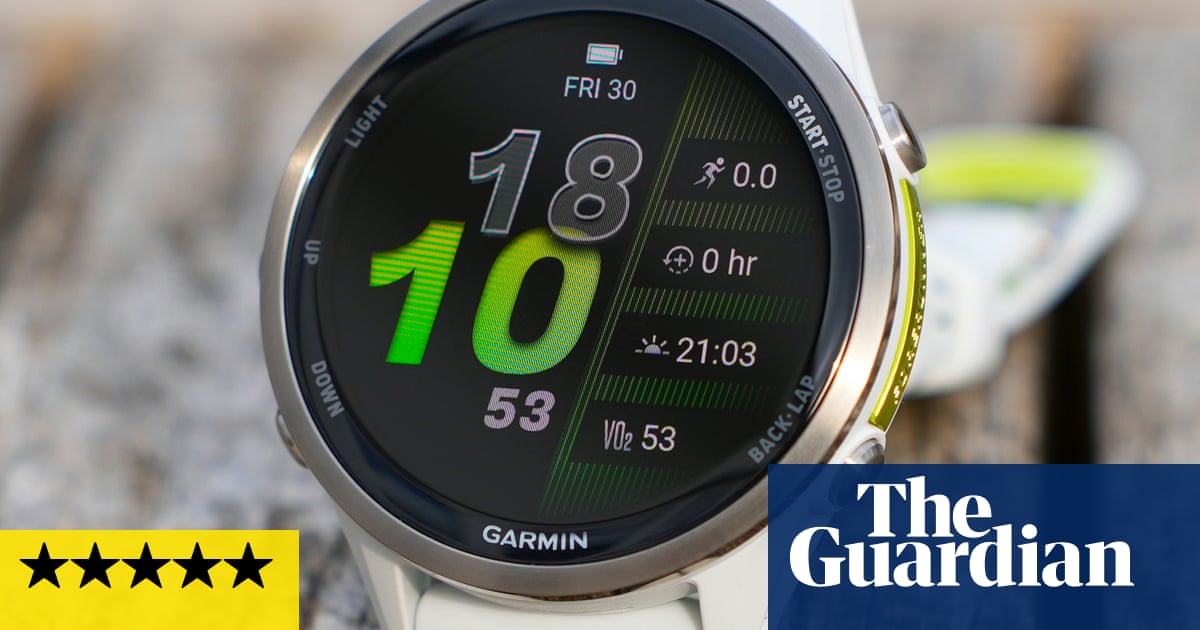The way Elon Musk tells it, cutting government spending is easy.
“If you add competence and caring, you’ll cut the budget deficit in half,” he declared in the Oval Office in February.
Nearly three months in, though, Musk seems to be finding that there isn’t a silver bullet for his project, even in what he recently described as a “target-rich environment.” For all of the shock and awe of Musk’s efforts — with mass layoffs and the shuttering or hobbling of entire agencies — even the inflated figures of savings that he claims are falling well short of his goals.
Musk has promised to cut $1 trillion from the next fiscal year’s federal budget by Sept. 30. At one point, he promised that his Department of Government Efficiency — a vehicle to shake up government that is not an actual department — would save $4 billion a day until then. Then last week, he seemed to revise that goal down to $150 billion, which is where DOGE puts its estimated savings on its website.
He seemed to be moving the goal posts.
My colleagues David Fahrenthold and Jeremy Singer-Vine report, though, that even that $150 billion figure may be more savings than the group can actually deliver. As they analyzed the group’s math, they noticed billion-dollar errors and claims of cutting spending that wasn’t actually planned for the next fiscal year — including the cancellation of a $318 million contract that did not yet exist. Phantom spending, if you will.
What’s more, as Musk and his team look for cuts, my colleagues Alicia Parlapiano, Margot Sanger-Katz and Josh Katz point out, they have trained their attention on just one part of the government: nondefense discretionary spending. That part of the budget, which does not include spending on Social Security or Medicare, adds up to only $950 billion — so even if the Musk team cuts every dollar, it would still fall short.
Musk is finding out what every government streamlining effort that came before him discovered: Shrinking government, and cutting its costs, are really hard.
One person who knows this fact well is James Capretta, a senior fellow and the Milton Friedman chair at the American Enterprise Institute, a right-leaning think tank. He told me he thought DOGE “got off on the wrong foot.” In the name of government efficiency, it cut programs and jobs that had fallen out of political favor, without taking on the harder work of persuading Congress to agree to long-term cuts.
“They took on the model at the very beginning of being a kind of SWAT team approach, going into these agencies, going in very hard and fast to take out some of the personnel, frankly, which they probably figured it would be harder later,” he said.
But just cutting jobs and so-called waste, Capretta said, doesn’t necessarily mean the Musk team has made significant cuts to the size and scope of government. Sustainable cuts, Capretta said, would require an arduous political process, as well as a willingness to look for waste in programs like Medicare or Medicaid.
“This is an old story,” he said.
HELP US REPORT
Have you seen this missing DOGE receipt?
As my colleague David Fahrenthold works to analyze Musk’s claims about savings, he has realized there’s a key “receipt” he can’t find. Today, we’re going to do something a little different: We’re asking if you know where it is. David explained what he’s looking for.
Here’s what we know: On its website, DOGE lists the contracts it has terminated, and the money it saved by canceling each. But the fourth-largest entry on that list is odd, and actually isn’t a contract at all. It’s a “request for proposal,” issued by the Office of Personnel Management. The office wanted help with human-resources work, and asked contractors to submit bids showing how they would do the job. But it had not yet signed with a vendor or settled on a price.
Despite that uncertainty, DOGE gave itself a very large — and very specific — amount of credit for this cut. It said it saved $318,310,328.30.
Yes, Musk’s team valued it down to the cent.
I have asked O.P.M., DOGE and the White House for a copy of the request, to try to verify that claim. So far, they have all declined to provide it. I looked for it in government databases, but did not see it there.
But the document should be out there somewhere. If you’ve got it, please send it to me at daf@. I’d be glad to keep your identity confidential.
— David A. Fahrenthold
MEANWHILE on X
When a conflict of interest is a collision
Musk is using his X account as a megaphone. Today, my colleague Ryan Mac has some context on his claims about self-driving cars.
For years, Elon Musk has used his X account to trumpet the capabilities of Tesla’s autopilot software. At times he has over-promised, as in 2018 when he posted that the company’s next software release for its vehicles would “begin to enable full self-driving features.”
While Tesla’s vehicles are still not fully self-driving, Musk and Tesla have continued to promote its products with the label and its associated acronym, F.S.D. The billionaire kept that up on Monday with a series of posts on X that promised advancements in the software that he said would “amaze you.”
“For the first time, there will soon be a generalized, pure AI solution to full self-driving,” Musk wrote in one post, which quoted another account calling the software “a miracle.”
While Musk’s salesmanship is nothing new, it has a bit of a different feel now that he is marshaling cuts at the federal agencies that oversee safety regulations for such autopilot software.
As my colleague Jack Ewing reported weeks ago, the National Highway Traffic Safety Administration has at least three active investigations of Tesla, including one examining whether its autonomous driving software fails in poor visibility. In February, a representative for the Transportation Department, which houses N.H.T.S.A., said the smaller agency had laid off 4 percent of its employees.
Musk has gone head-to-head with the auto safety agency, sparring with it over recalls of Tesla’s products and its hiring of an adviser whom he called “biased against Tesla.”
— Ryan Mac
YOU SHOULDN’T MISS
The department that gets you out of this world
Today, I learned that there is an obscure government office that helps NASA safely land astronauts on the moon and robotic probes on Mars. It is the department whose experts could help SpaceX land humans on Mars, a long-held dream of Musk’s.
This office, the Astrogeology Science Center in Flagstaff, Ariz., is facing pressure from DOGE to cut its tight-knit team by at least 20 percent, Matthew Phelan reports.
One researcher in the Flagstaff office, which is known as “Astro” among many experts, worried that the loss of personnel could sink critical projects in mapping and planetary science, including the identification of hidden water-ice deposits on Mars that would prove invaluable to human exploration.
Read more here.











